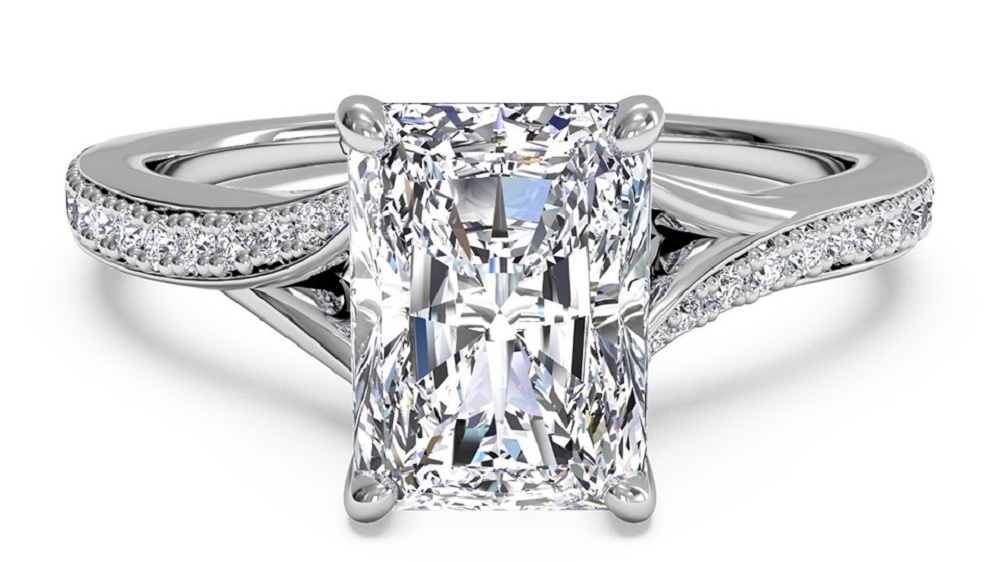
Choosing the perfect engagement ring involves various decisions, with one of the most significant being the choice of metal. The metal you select not only affects the ring’s appearance but also its durability, maintenance, and overall style. In this article, we will explore the most popular engagement ring metals, highlighting their unique characteristics and helping you make an informed choice.
-
Platinum
Platinum is often regarded as the ultimate choice for engagement rings. Known for its strength and durability, this precious metal is hypoallergenic, making it an excellent option for those with sensitive skin. Platinum’s natural white luster gives it a luxurious appearance, and it retains its beauty over time without needing frequent polishing. While it tends to be more expensive than other metals, many couples consider it a worthwhile investment due to its lasting quality.
-
White Gold
White gold is a popular alternative to platinum and offers a similar appearance at a more affordable price point. Made by alloying yellow gold with metals like palladium or nickel, white gold is typically plated with rhodium to enhance its shine and durability. While it requires periodic replating to maintain its color, white gold remains a top choice for modern engagement rings. It strikes a balance between elegance and practicality, making it an appealing option for many.
-
Yellow Gold
Yellow gold has long been a classic choice for engagement rings, symbolizing tradition and timeless beauty. Its warm, rich hue complements a variety of gemstones, particularly yellow and orange tones. Yellow gold is available in different karats, with 14K and 18K being the most common. While it is less durable than platinum or white gold, many couples appreciate its vintage charm and the fact that it does not require rhodium plating.
-
Rose Gold
Rose gold has surged in popularity in recent years, offering a romantic and unique alternative to traditional metals. This stunning alloy is created by combining yellow gold with copper, resulting in a beautiful pinkish hue. Rose gold pairs beautifully with diamonds and colored gemstones, adding a warm touch to any engagement ring. Its distinctive color and vintage appeal make it a favorite for those looking to stand out from the crowd.
-
Sterling Silver
Sterling silver is an affordable option for those on a budget but is generally not recommended for engagement rings due to its softness and tendency to tarnish. However, it can be a great choice for temporary or fashion rings. If you choose sterling silver, it’s essential to understand that it will require more maintenance and care compared to more durable metals.
-
Palladium
Palladium is a lesser-known but increasingly popular metal for engagement rings. Similar in appearance to platinum, it is lightweight and hypoallergenic. Palladium’s natural white sheen makes it an attractive alternative, and like platinum, it does not require rhodium plating. It’s also less expensive than platinum, making it a smart choice for couples looking for a balance between quality and cost.
Conclusion
When selecting the metal for your engagement ring, consider not only aesthetics but also your lifestyle, budget, and personal preferences. Each metal has its unique advantages and disadvantages, so take the time to explore what resonates with you. Whether you opt for the timeless elegance of platinum, the classic charm of yellow gold, or the trendy appeal of rose gold, understanding the characteristics of each metal will help you find the perfect engagement ring that symbolizes your love for years to come. By making an informed choice, you can ensure that your engagement ring not only shines beautifully but also stands the test of time.





